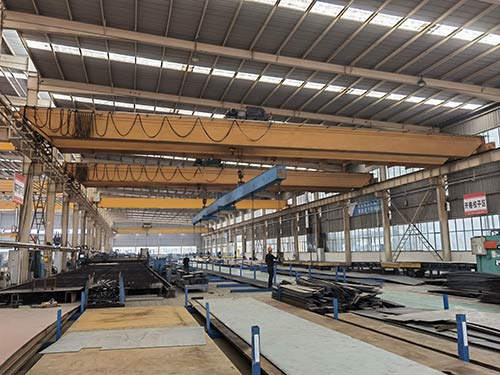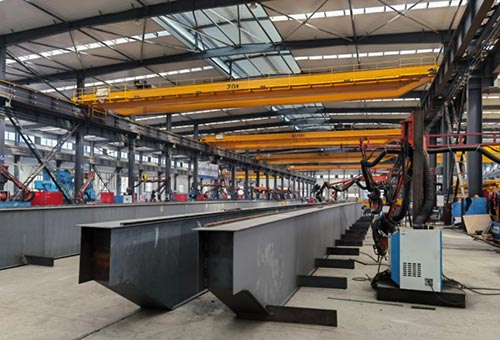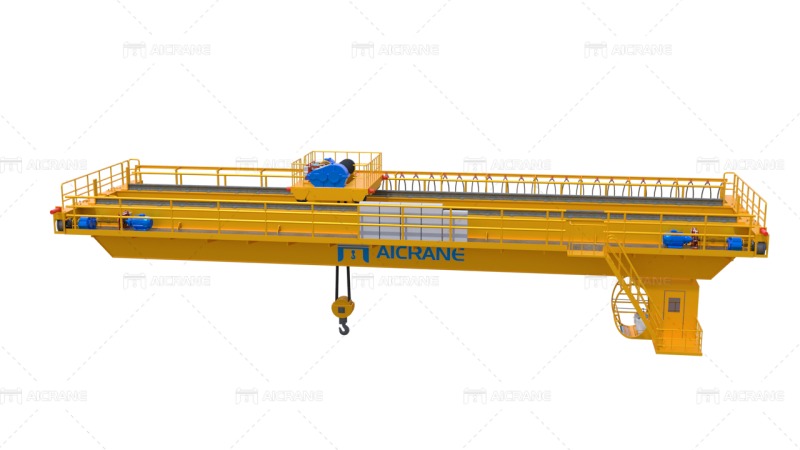
Double Girder Bridge Cranes in Large Machine Shops
We’ll explore how double girder bridge cranes enhance productivity in large machine shops and improve operational workflows.



© 2024 Crivva - Business Promotion. All rights reserved.